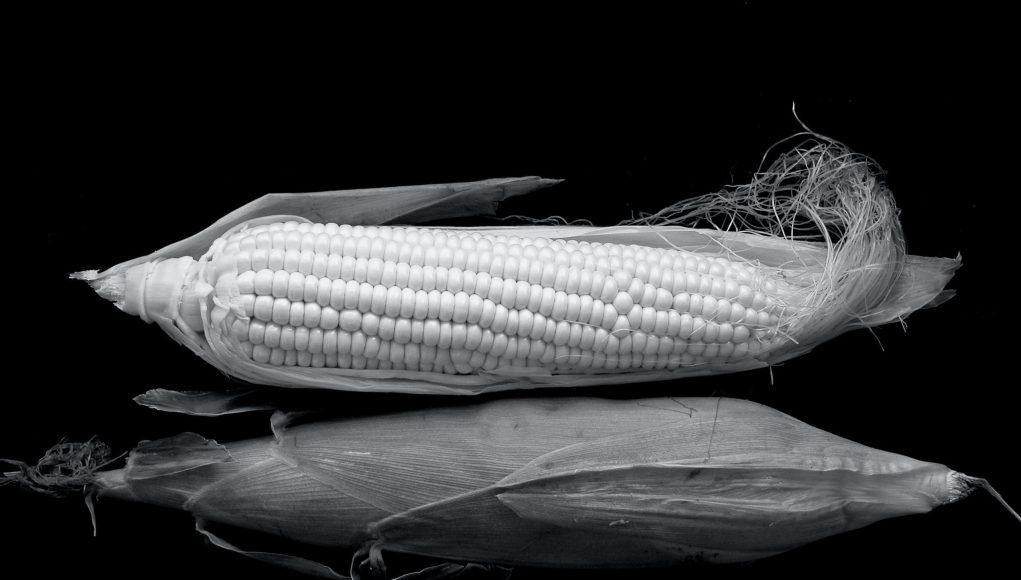After a ten-year ban, the Kenyan government has approved genetically modified organisms (GMOs).
As the name suggests, GMOs (Genetically modified orgasms) are genetically engineered plants. The process mainly starts with identifying the genetic information or gene of the organism that gives it a unique trait—then copying that information and inserting it in the DNA of another organism to produce a new organism. Below is a brief explanation of how GMOs are made.
Step 1: Identifying
The scientists must first identify the desired traits they want in the new plant. These could be drought, herbicide or insect resistance. The next step involves looking for an organism, say an insect, animal or microorganism, that possesses these traits in its genes. For example, they might want an insect-resistant crop to minimize the need for spraying insecticides. In this case, the gene in question would be Bt (Bacillus thuringiensis).
Step 2: Copying that information
The team will then copy that desired trait.
Step 3: Inserting the DNA
The scientists will insert the gene into the plant’s DNA using special tools. The rest of the plant’s traits usually remain intact.
Step 4: Growing the Plant
The plant with the new gene will now be left in the lab to grow and adapt the desired traits. If this works, the scientists will first grow the new plant before moving it to small fields before finally giving the go-ahead to plant it in large quantities. This is usually after a series of reviews and safety tests.
That is all about how to make GMO plants. The four processes usually take several years before the plant is introduced into the market.
Kenya Government Lifts Ban on GMO Importation and Consumption











